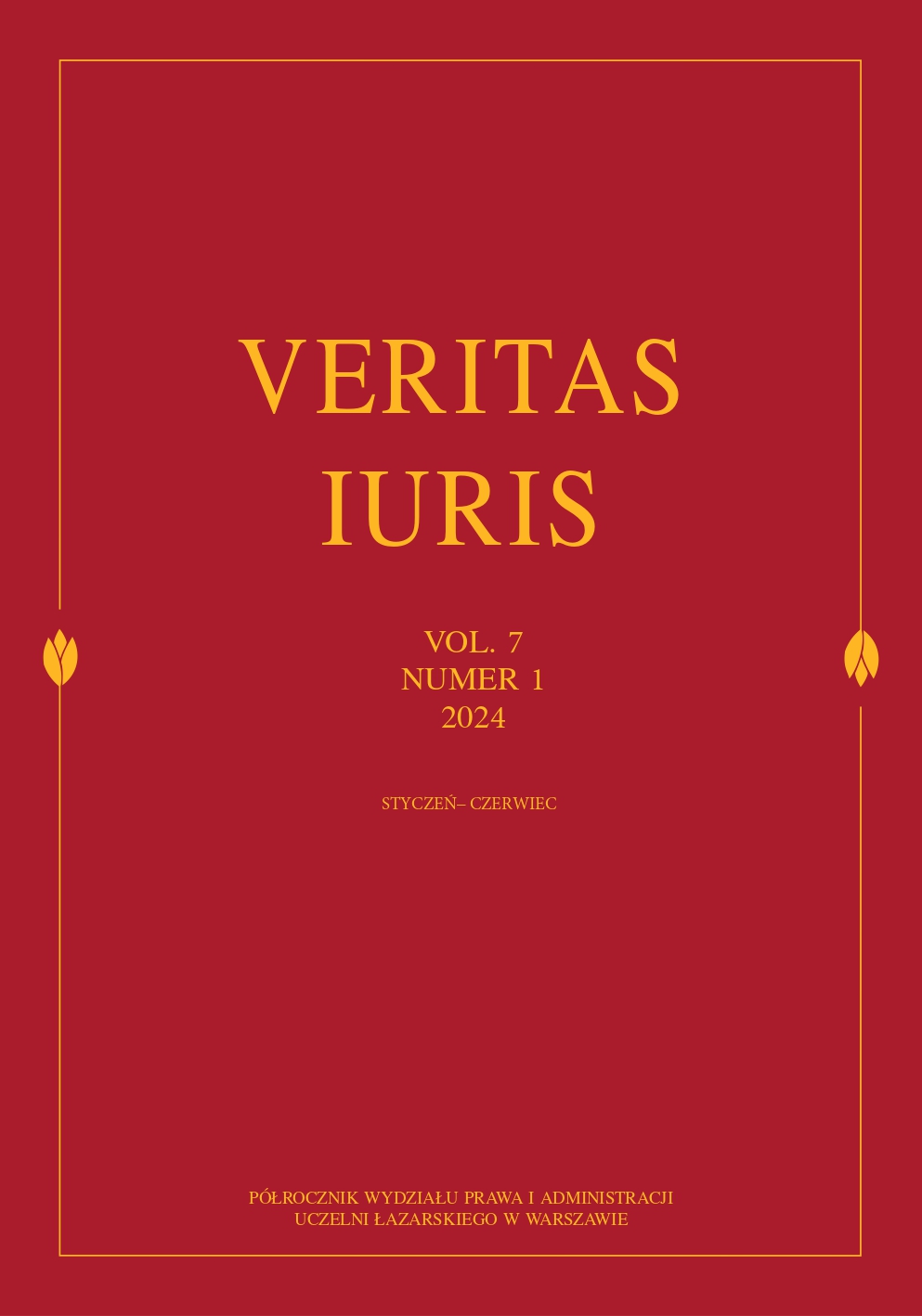Abstract
This paper addresses the issue of cumulative sentences, focusing on matters related to combining sentences of restriction of liberty, replacing such sentences with imprisonment, and mitigating sentences for repeat offenders. The article analyzes court rulings that reveal practical problems and situations not anticipated by the legislator, which have a significant impact on reducing sentences for repeat offenders. The first part of the publication discusses the issue of the maximum duration of a restriction of liberty sentence, which is set at 2 years. Examples are provided where the sum of individual sentences significantly exceeds this period, indicating difficulties in accurately assessing the offender’s behavior and suggesting a need for legislative amendments. The second thematic area analyzes the effects of the Constitutional Tribunal’s ruling of June 11, 2019, case number P 20/17, and its impact on judicial practice. Despite the correctness of the Tribunal’s decision, concerns have arisen regarding the reopening of proceedings and the annulment of cumulative sentences, which may lead to more lenient treatment of offenders not commensurate with the number of crimes committed. The final section of the article addresses the lack of regulations concerning the combination of substitute sentences in cumulative judgments and the inability to replace a restriction of liberty sentence with imprisonment when a substitute sentence of imprisonment has been ordered. These gaps result in reduced sentences for offenders evading the execution of their penalties. The primary research method employed in the article is the dogmatic method, which includes the analysis of the Penal Code provisions, relevant literature, and judicial rulings.

This work is licensed under a Creative Commons Attribution-NonCommercial 4.0 International License.

